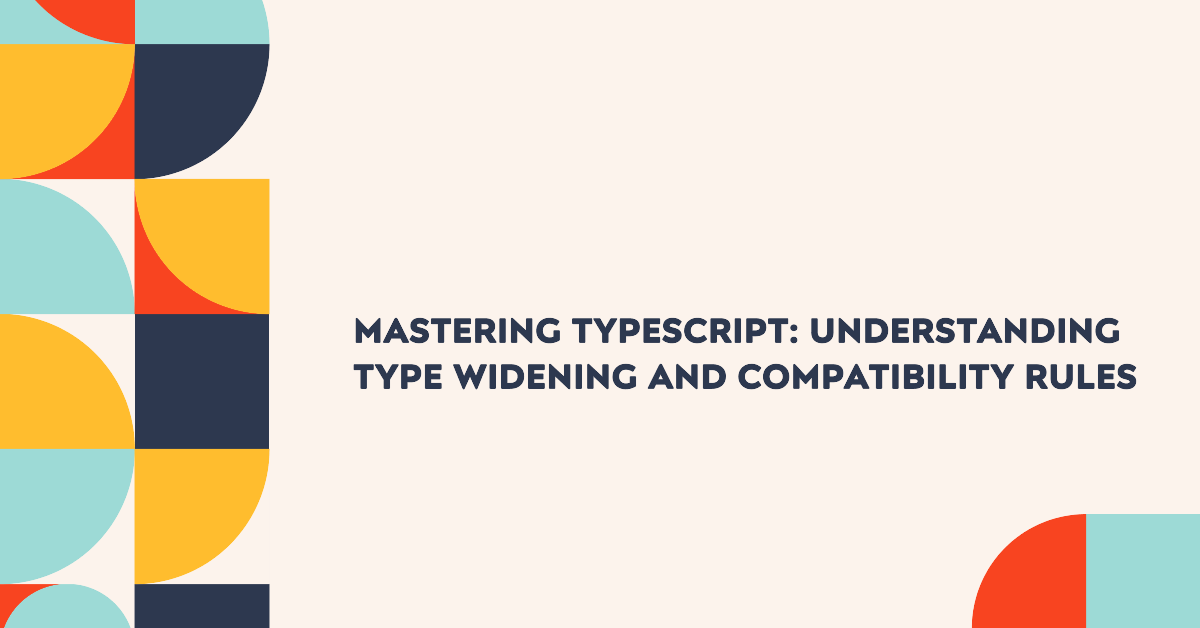
Understanding TypeScript Type Widening and Compatibility Rules
TypeScript’s type system is powerful yet subtle. While it provides great flexibility, it can sometimes lead to unexpected behavior, especially when working with type intersections. In this article, I’ll break down a common TypeScript pitfall that developers often encounter and show how to identify and resolve it.
Let's look at this snippet again:
Why does TypeScript throw an error here? The issue arises because when using intersection types (&), all properties from all the intersected types must be present. In this case, Admin is a combination of User and { role: 'admin' }, so we must include the role property to satisfy the Admin type.
The correct way to declare the user variable would be:
Why This Happens:
TypeScript enforces property presence based on type intersections. This ensures that every property required by each intersected type is present in the final object. This behavior helps maintain type safety but can be tricky to handle when dealing with deeply nested types or complex intersections.
Takeaway:
When working with intersection types, always make sure to include properties from all types involved, even if they’re optional or appear redundant at first glance. By understanding how TypeScript handles type intersections, you’ll be able to avoid these common pitfalls and write safer, more robust code.
Real-world Application:
Type intersections are especially useful when working with role-based access control (RBAC) systems, where a user might have multiple roles with different permissions. By combining these roles into a single type, you can ensure that your application respects all the required permissions and constraints.